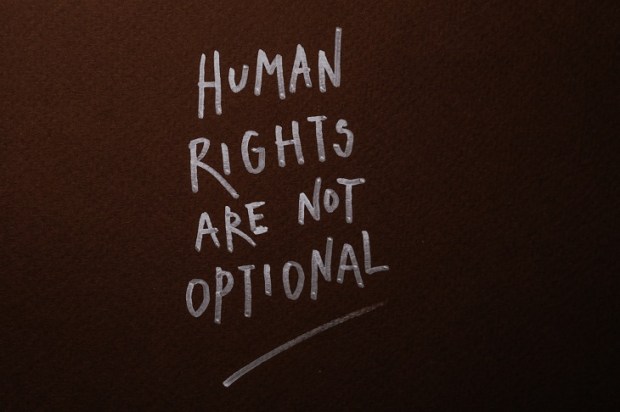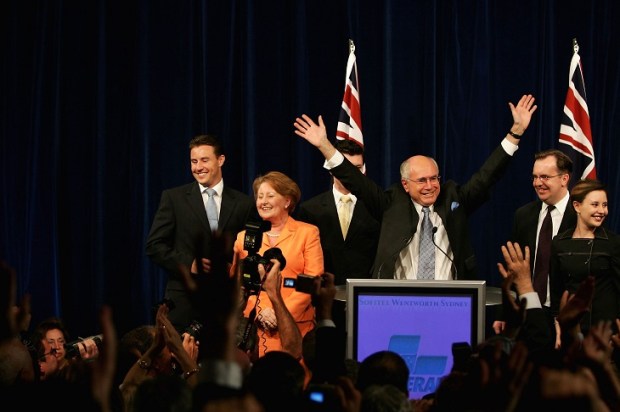The proliferation of Vote ‘Yes’ shirts on the university campus, bumper stickers, and YouTube campaigns where the speaker is sped up to 3x heralds the impending Voice referendum. Whether you decide to vote yes or no, one notion is clear: a significant majority must vote yes if it is to pass.
Beyond the Indigenous flag-printed merchandise, there are two notable but flawed tactics in the Vote ‘Yes’ campaign. The first is major corporations’ expressions of public support which has backfired. The second involves drawing shallow parallels between the Voice and marriage equality debate without properly unpacking lessons from marriage equality’s success.
Large corporations and organisations such as Qantas and the Royal Australian College of General Practitioners have publicly supported the Voice with noticeable backlash. In both cases, members of the public and associated organisations expressed dismay at these entities overstepping their functions by participating in the political arena.
The failure for ‘respectable’ institutions to lend their status to the ‘Yes’ campaign as planned is unsurprising, given that a similar mishap happened during the 2020 election when a leading science journal Nature endorsed Joe Biden. Arthur Lupia (2023) found that against the background of Nature’s political statement, people’s candidate preferences did not change. However, Donald Trump supporters showed reduced confidence in Nature’s (and the scientific establishment’s) capacity to provide scientifically sound, unbiased information.
In both the 2020 election and Voice situations, the misguided assumption that large organisations relied on is that their trustworthiness in society’s eyes is a default, not earned, state and that they can use their reputations to leverage political aims. Instead, people lose trust in institutions that promote a particular agenda, especially when the cause has failed to produce logical arguments and sufficient evidence to support itself.
Another tactic for urging people to vote yes is by harking back to the Marriage Law Postal Survey (2017). The thrust of this comparison is that good Australians pulled through for sexual minorities, so it is ‘just the right thing to do’ for marginalised Indigenous peoples too. Some also reference the stresses that a no vote would cause the victims in the Voice and marriage equality survey. The obvious content differences between the situations does not seem to bother people who make the comparison, but that is irrelevant for the purposes of this article.
There is one important yet overlooked difference between the marriage equality debate and Voice (so far). Marriage equality did not win solely on the ‘love is love’ philosophy, which is equivalent to the Voice’s call to just do the ‘right thing’.
Instead, there was a robust conservative case for gay and lesbian marriage. Andrew Sullivan’s essay Here Comes the Groom (1989) articulated a rational and even utilitarian justification for gay marriage. He argued that legalising gay marriage would ‘reduce the number of tortured heterosexual marriages’, facilitate gay couples’ formation of stable families by ‘coax[ing] gays into traditional values’ (primarily long-term, monogamous commitment), and could even be framed as a public health measure in the wake of the AIDS crisis.
At the time of publication, Sullivan was confronting the mainstream public’s less than favourable view of homosexual practices (at least, in some parts of the electorate) and presented marriage rights as a solution to (irrational) fears about this group.
Sullivan’s argument is effective because it sells the benefits of same-sex marriage to those who are (relatively) untouched by the issue. The harsh reality is that unaffected classes are unlikely to disrupt the status quo if it already seems to align with their self-interests. They will only mobilise if there is some potential benefit for themselves. In the marriage equality case, this was the promise of fewer ‘tortured heterosexual marriages’, preservation of social morality, and enhanced public health.
Can the Vote ‘Yes’ campaign make a similar manoeuvre to Sullivan’s conservative argument for gay marriage? Possibly. People who are undecided or amenable to change may vote yes if they believe that the Voice will (at least indirectly) advance their interests (for example, if the Voice can potentially reduce the overall level of social dysfunction). Unless the Vote ‘Yes’ campaign can make a rational argument that appeals to those positioned outside the issue, the Voice is likely to be voted down by a silent majority on the referendum date.
So far, the ‘Yes’ campaign does not have a solid rational or conservative case. For example, Andrew Bragg has been noted as ‘one of the few Liberal MPs who support the Indigenous Voice to Parliament’. However, it is unclear if he has any alternative, rational argument in favour of the yes vote, merely assurances that the Voice will not be the slippery slope to bureaucratic chaos and judicial activism that fellow conservatives’ fear.
No number of Vote ‘Yes’ t-shirts or insinuations that no voters are ultra-religious homophobes will win a majority yes vote. Only a rational argument about the Voice’s overall improvement of Australian society will give the yes vote a chance to succeed. The chances of achieving the required majority are slim if Vote ‘Yes’ campaigners insist on appeals to social justice morality (which repel many people) and ad hominem attacks against the Vote ‘No’ proponents.
In a proposal as momentous as the Voice, Australians deserve to hear the most robust cases for both the yes and no cases. I suspect there are many people who intend to vote no but are willing to revise their beliefs if appropriate evidence arises. So here is the challenge to Vote ‘Yes’ supporters: convince them.
You can find Frances An on Twitter at @francesan3

























